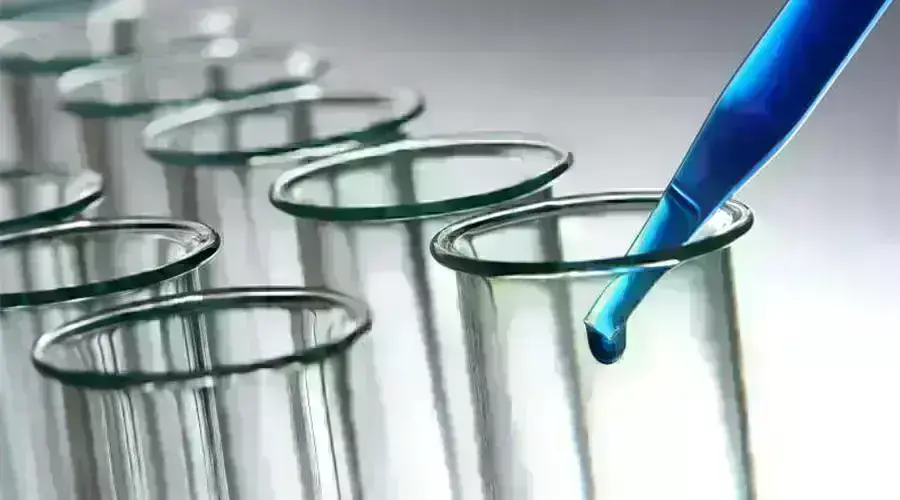Amine Functional Group
Amine functional group is a compound produced by replacing the hydrogen in the ammonia molecule (NH3) with a hydrocarbon group (-R). Since the ammonia molecule (NH3) has three hydrogens, it is divided into primary amine functional group RNH2, secondary amine functional group R2NH, and tertiary amine functional group R3N according to the number of hydrogens replaced. To list one of amine functional group examples: polydimethylsiloxane or amino siloxane containing side chains of amine functional groups.
Everyone knows that functional groups for amine are prone to side reactions in the presence of metals; therefore, we need to figure out a way to control the amine groups in the correct way to avoid side reactions. A new method of CH bond activation, which is unique in that the ring structure of alicyclic amine is twisted from the chair conformation to the boat conformation, so that the CH bond, which is originally in a difficult-to-react position can be activated to form a new CC bond. In this method, a palladium catalyst and a coordination group are attached to the nitrogen atom of the alicyclic amine ring. This coordinating group can help the catalyst on the nitrogen atom bend the C-H bond close to the opposite side of the ring. In this way, the palladium atom can insert the C-H bond, which is difficult to activate, allowing the research team to replace the hydrogen atom on it with an aromatic group. The amine functional group general formulas are RNH2, R2NH, R3N. Most drugs contain amine functional groups. Proteins, nucleic acids, many hormones, antibiotics and alkaloids all contain amine functional groups, which are complex derivatives of amines.

 English
English 日本語
日本語 한국어
한국어 français
français Deutsch
Deutsch русский
русский tiếng việt
tiếng việt Türkçe
Türkçe ไทย
ไทย اردو
اردو




